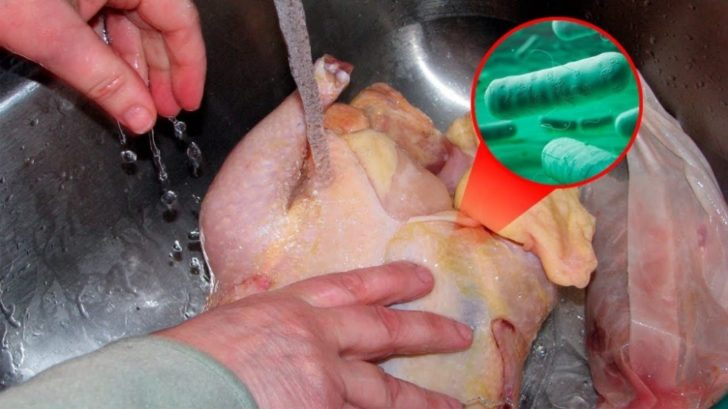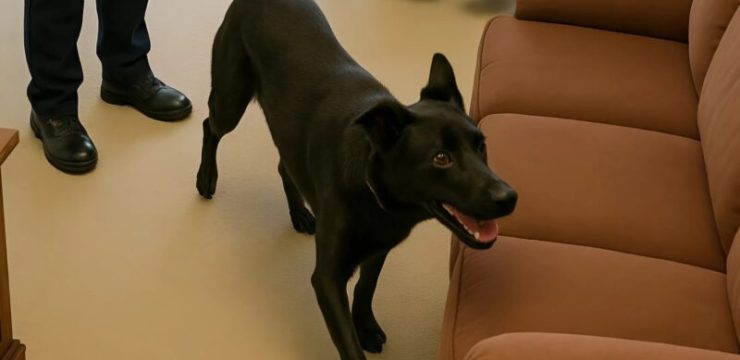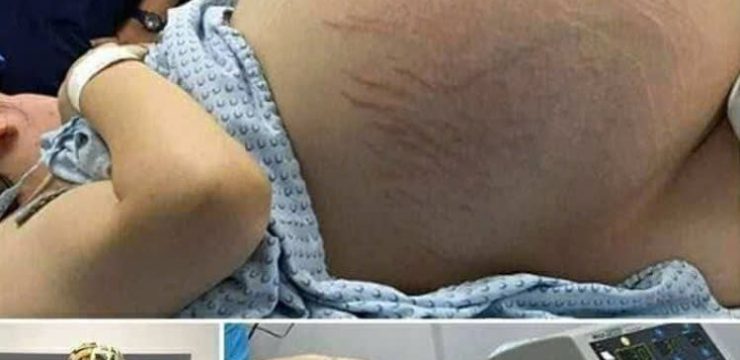For many, washing raw chicken is a habit rooted in family traditions, but modern science tells us this practice is more harmful than helpful. The CDC has made it clear that rinsing chicken under the faucet doesn’t remove bacteria—it just spreads it around the kitchen, creating a dangerous environment for foodborne illness.

Why Washing Chicken Can Make Your Kitchen Dangerous
When raw chicken is washed, harmful bacteria like Campylobacter and Salmonella can spread via water droplets. These bacteria can land on countertops, utensils, cutting boards, and other surfaces where they may linger, ready to contaminate the next thing they touch. Since these bacteria are invisible, you won’t see the contamination happening, which makes it a hidden threat.
Even if you don’t get sick every time you wash chicken, the risk remains. Campylobacter and Salmonella are among the most common causes of food poisoning in the United States. Symptoms of Campylobacter infection can include severe stomach pain, diarrhea, and fever. Each year, millions of Americans are affected by foodborne illnesses, and raw chicken is a major source of these infections.
Why Proper Cooking Matters More Than Washing
Contrary to popular belief, rinsing chicken doesn’t clean it. Instead, the CDC recommends focusing on proper cooking to eliminate harmful bacteria. When chicken is cooked to 165°F (75°C), bacteria are destroyed, making the food safe to eat. Relying on water to clean raw chicken is a common misconception that doesn’t stand up to scientific scrutiny.
To avoid contamination, use separate cutting boards for raw meats and other foods, and always wash your hands after handling chicken. Proper kitchen hygiene is key to preventing the spread of bacteria and keeping your meals safe.





